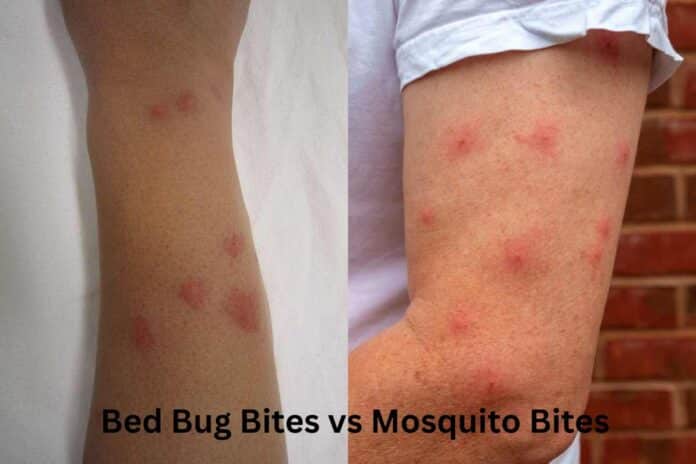
Bed Bugs vs. Mosquitoes: What’s Lurking in Your Home?
When it comes to pests invading our homes, two of the most common culprits are bed bugs and mosquitoes. Both creatures are not only annoying nuisances but can also pose various health risks. Understanding the differences between them is crucial in order to effectively deal with any potential infestations and keep our homes safe. In this article, we will explore the distinct characteristics, behaviors, and threats associated with bed bugs and mosquitoes.
Bed bugs, scientifically known as Cimex lectularius, are small parasitic insects that primarily feed on human blood. These pests are reddish-brown in color and have flat, oval bodies, making them excellent at hiding in tiny cracks and crevices. They are mainly active at night and can go unnoticed for extended periods, making it challenging to detect an infestation until it becomes severe.
On the other hand, mosquitoes, belonging to the family Culicidae, are flying insects known for their itchy bites. They typically have long, slender bodies with long legs and wings. Female mosquitoes require blood to reproduce, whereas males primarily feed on nectar. They are most active during dawn and dusk but can be found buzzing around at any time.
One of the significant differences between bed bugs and mosquitoes is their mode of feeding. Bed bugs literally feed on their hosts by piercing the skin with their elongated mouthpart and sucking blood, often leaving behind itchy welts. In contrast, while mosquitoes also feed on blood, they do so by injecting a proboscis into the host’s skin, extracting blood through it. The presence of bed bugs results in clusters of bites forming a line or small clusters, whereas mosquito bites are solitary and can be found in various locations.
Mosquitoes are notorious for being vectors of dangerous diseases such as malaria, dengue fever, West Nile virus, and Zika virus. These diseases can cause severe illnesses, including organ damage, paralysis, and even death. Conversely, while bed bug bites can cause allergic reactions and secondary infections due to scratching, they are not known vectors of any transmittable diseases.
Another difference lies in their preferred dwelling places. Bed bugs are most commonly found in warm, dry areas near their hosts, such as mattresses, bed frames, and cracks in walls or furniture. They are skilled hitchhikers and can latch onto luggage, clothing, or used furniture, allowing them to easily spread from place to place. In contrast, mosquitoes are more prevalent in areas with standing water, such as ponds, birdbaths, and even stagnant water in gutters. Female mosquitoes lay their eggs in stagnant water, and it only takes a small pool for them to reproduce rapidly.
When it comes to prevention and control, both bed bugs and mosquitoes require different approaches. To prevent bed bug infestations, it is vital to regularly inspect and clean bedding, furniture, and clothing. Vacuuming regularly can also help eliminate any nymphs or eggs that may be present. In severe cases, professional pest control services may be required to eradicate the infestation. Conversely, mosquitoes can be dealt with by eliminating any standing water sources around the property. The use of insect repellents, mosquito nets, and screens on doors and windows can also help reduce the risk of mosquito bites and disease transmission.
In conclusion, while bed bugs and mosquitoes are both unwelcome intruders in our homes, they differ in many ways. Bed bugs are nocturnal parasites that feed exclusively on human blood, leaving behind itchy bites. Mosquitoes, on the other hand, feed on both humans and animals, and are notorious for being vectors of various diseases. Understanding their behaviors and habitats is crucial for effective prevention and control measures. By staying vigilant, maintaining cleanliness, and adopting appropriate pest control strategies, we can ensure a pest-free and safe environment for our homes and families.


















